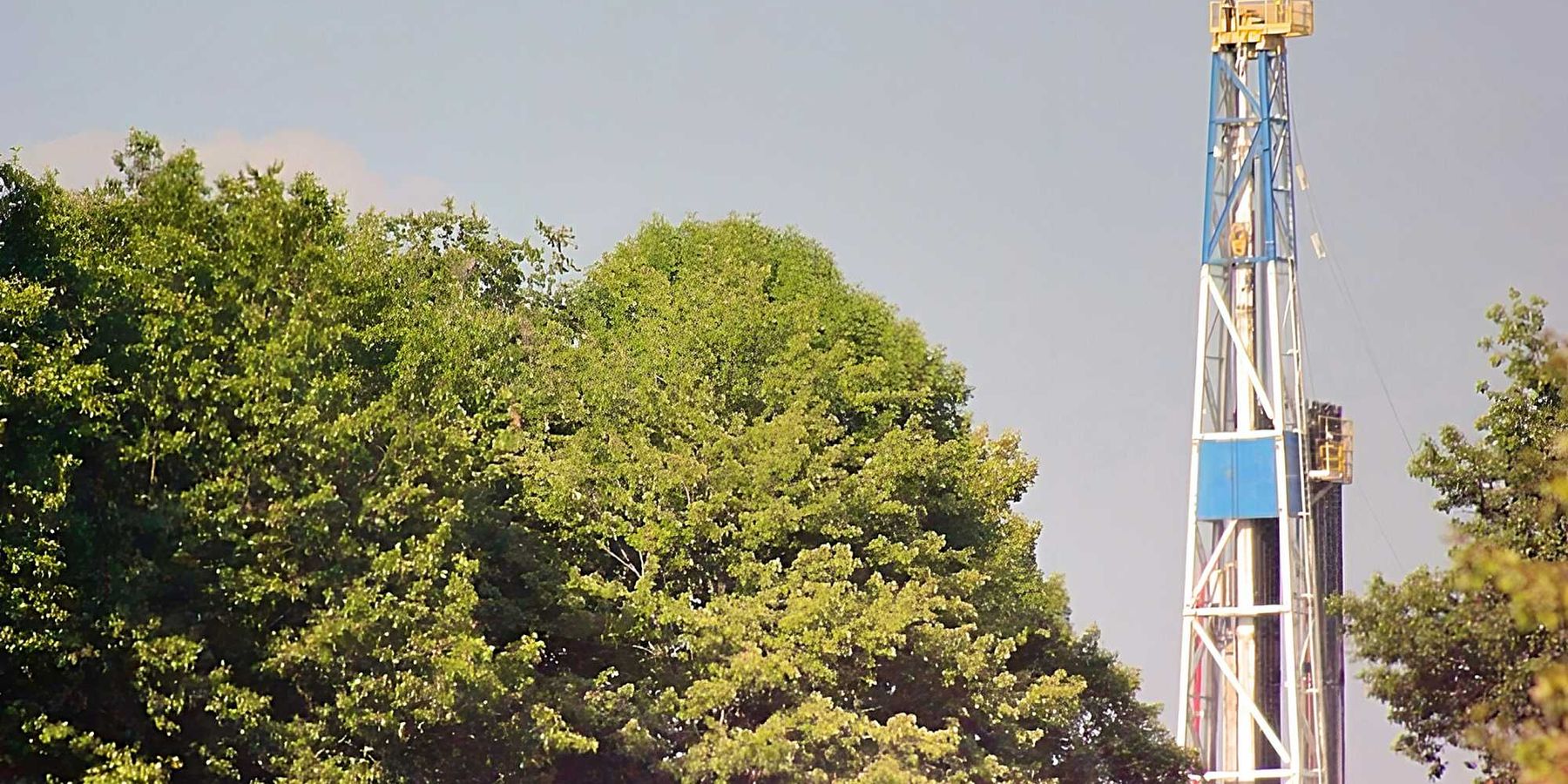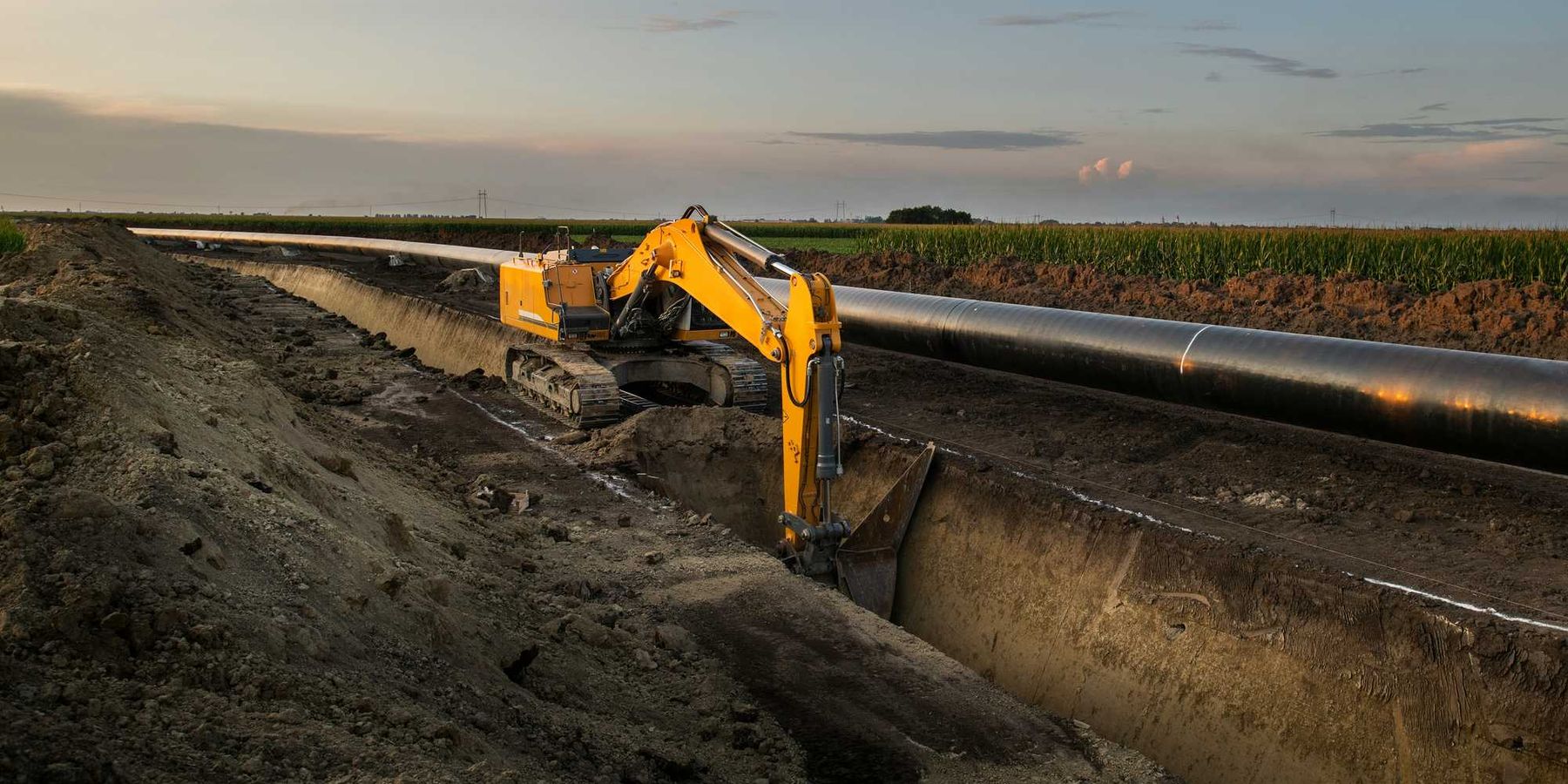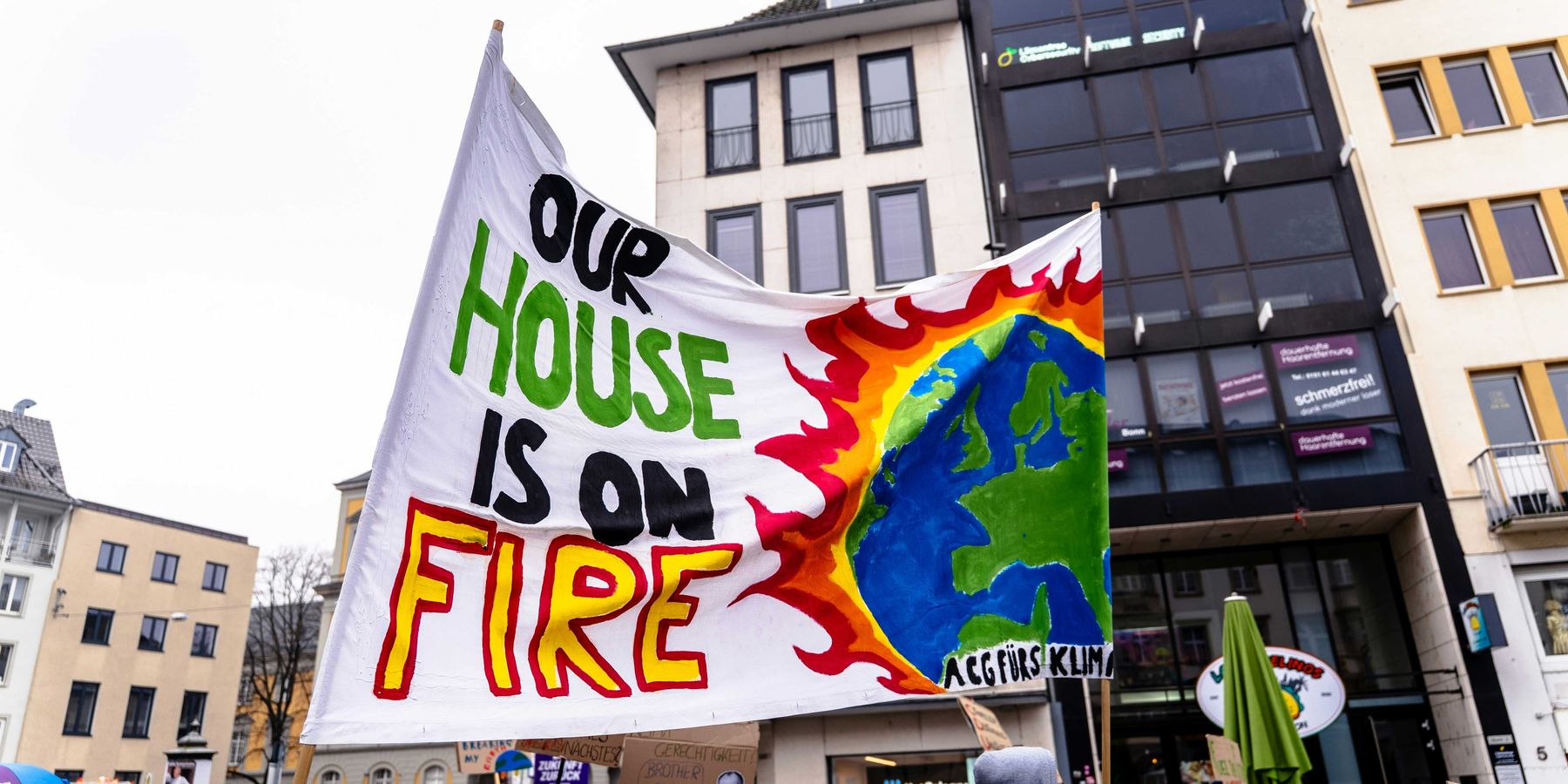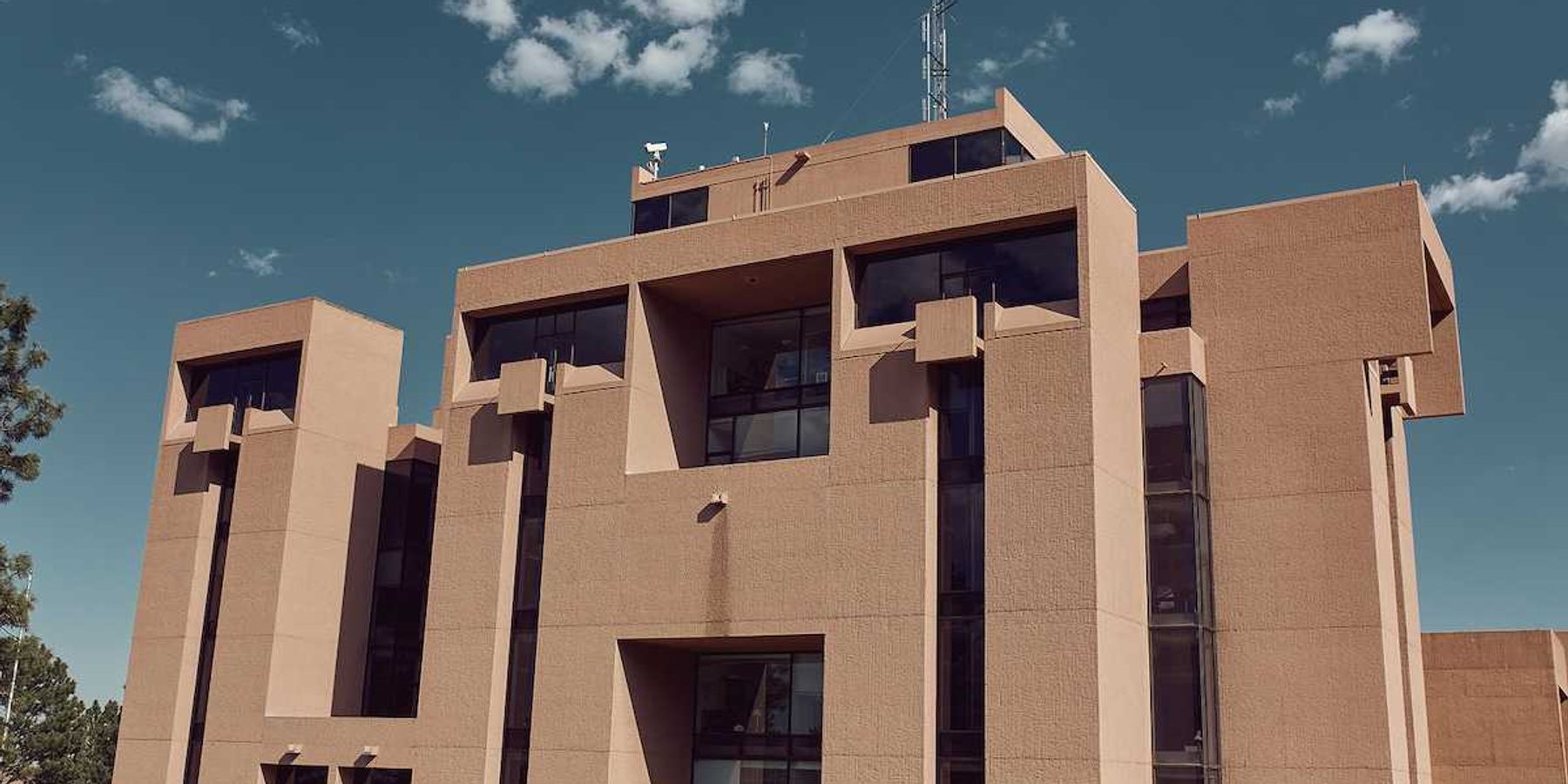LNG project reshapes life and air in Kitimat, British Columbia
As Kitimat ships its first cargo of liquefied natural gas, residents and Indigenous leaders weigh economic benefits against the health and environmental toll of flaring and industrial expansion.
Matt Simmons reports for The Narwhal.
In short:
- LNG Canada’s $40-billion gas liquefaction facility has launched operations in Kitimat, B.C., sending its first LNG shipment in June and triggering concerns over air quality, wildlife health and long-term climate impacts.
- Haisla Nation leaders, while financially invested in the project, continue to voice environmental concerns, including potential effects on salmon and other species in the Kitimat River estuary.
- The community remains divided, with some residents celebrating economic revitalization and others pointing to health risks from flaring and upstream fracking operations supplying the plant.
Key quote:
“Fracking and LNG production accelerate climate change and release harmful pollutants — including benzene, toluene, formaldehyde and particulate matter linked with asthma, heart disease, birth defects, and childhood leukemia.”
— Melissa Lem, president of Canadian Physicians for the Environment
Why this matters:
LNG Canada’s footprint extends far beyond the Kitimat harbor. Flaring from the facility releases pollutants such as carbon monoxide, nitrogen oxides, sulfur dioxide and fine particulates — all linked to respiratory and cardiovascular problems. The gas itself is extracted by fracking, a process increasingly associated with groundwater contamination and spikes in community health issues. The cumulative impacts of LNG infrastructure — from source to ship — add significant emissions to a planet already reeling from climate disruption.
Related: Canada: Poilievre promises oil and gas companies swift approvals, fewer environmental rules













